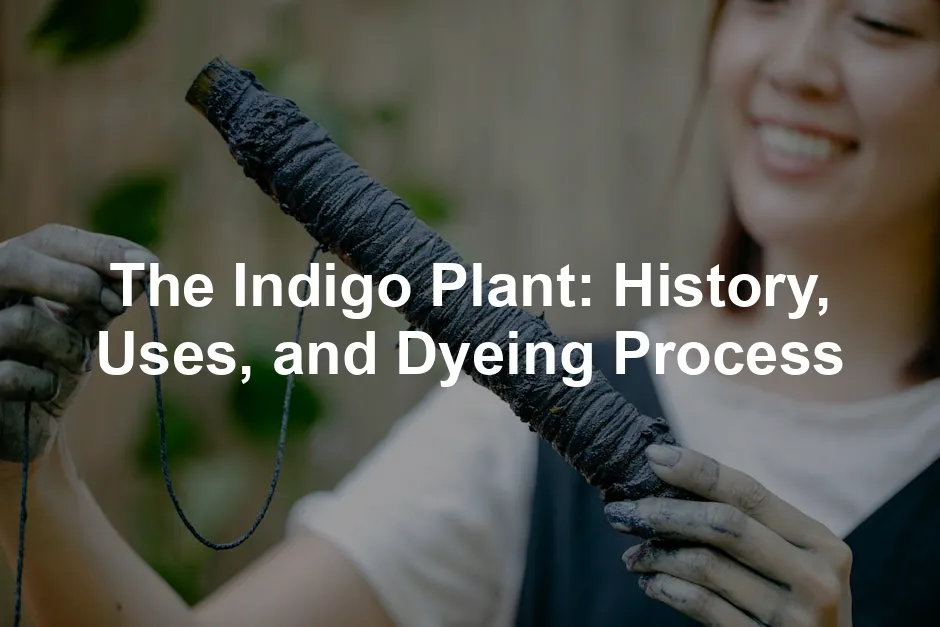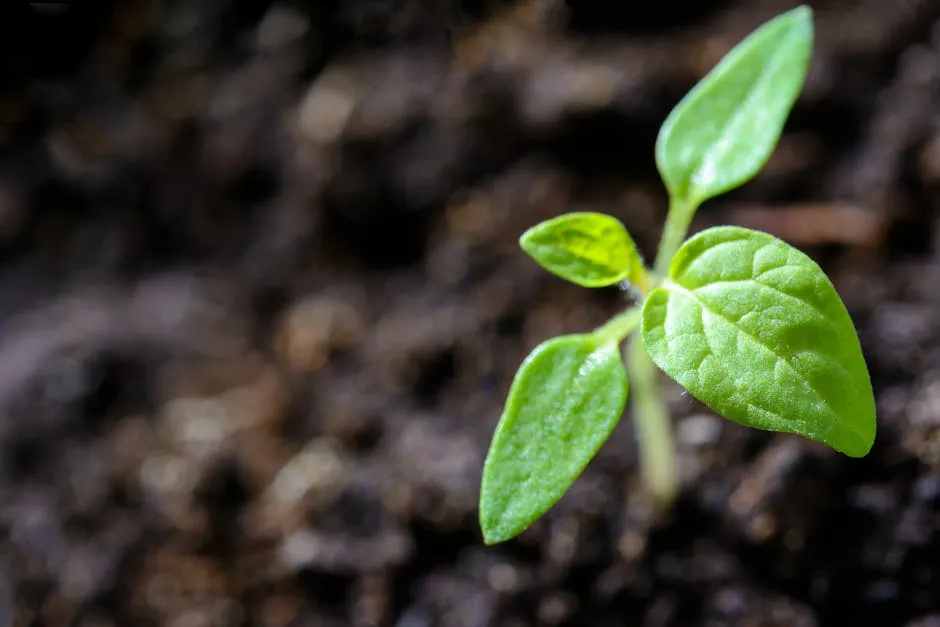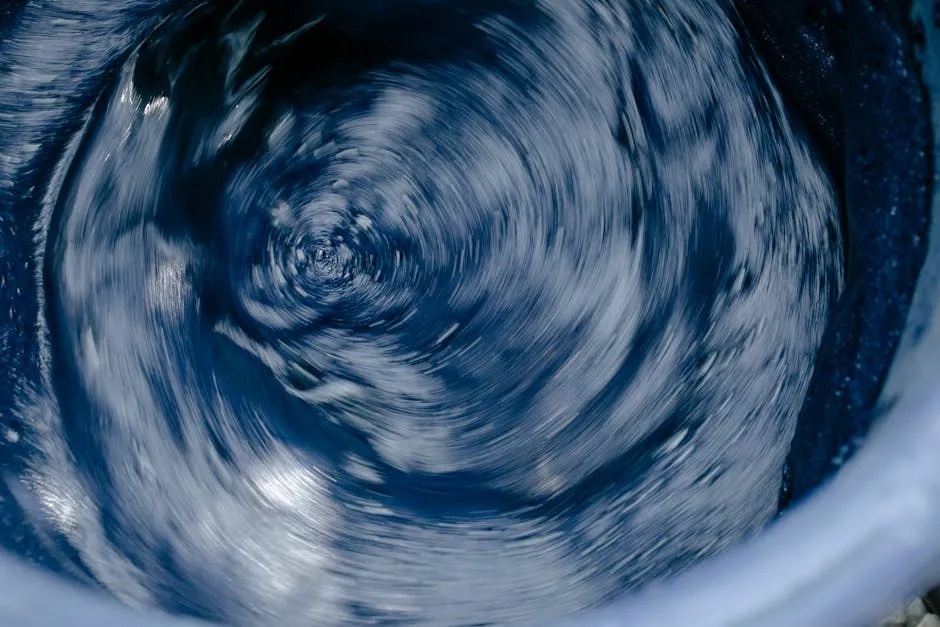

The Indigo Plant: History, Uses, and Dyeing Process
Introduction
The indigo plant is a remarkable botanical marvel with deep historical significance. Known for its vibrant blue dye, it has colored textiles and cultures for centuries. Though indigo dye was once derived from natural sources, the rise of synthetic alternatives has transformed the dye industry. Yet, the allure of natural indigo continues to inspire artisans and fashion enthusiasts alike.
To start your journey, consider planting Indigofera tinctoria seeds. These seeds allow you to cultivate your own indigo, bringing a piece of history right into your garden. Imagine the satisfaction of creating your own dyes!
Summary and Overview
The indigo plant, specifically Indigofera tinctoria, is a broadleaf evergreen belonging to the Fabaceae family. This plant thrives in tropical regions, primarily found in Africa, Asia, and parts of the Americas. Historically, its leaves have served as a primary source of blue dye, thanks to the compound indican they contain. As far back as 4000 BC, indigo dyeing techniques emerged, making it a staple in many cultures, from ancient Egypt to India.
Cultivating indigo involves sowing seeds in well-drained soil, ideally during the rainy season. Once the plants grow, usually reaching heights of 2 to 3 feet, the leaves are harvested. These leaves are then processed to extract the dye through fermentation. Today, indigo finds its place in modern fashion and traditional crafts, celebrated for its rich color and sustainable sourcing. As eco-consciousness rises, many are returning to natural dyes, emphasizing the enduring significance of this extraordinary plant.

For those who want to dive deeper into the craft, a Natural Fabric Dyeing Book can provide you with invaluable insights and techniques to enhance your skills.
The Indigo Plant: Characteristics and Cultivation
Indigofera tinctoria typically grows around 2 to 3 feet tall, forming a lush, broadleaf evergreen shrub. Its pinnate leaves are light green and consist of several pairs of leaflets, creating a delicate appearance. During summer, the plant showcases beautiful pink to violet flowers, which bloom from July to August and attract various pollinators.
This tropical shrub thrives in full sun, preferring medium moisture and well-drained soil. While it can withstand some drought, consistent watering is crucial during the growing season. It flourishes best in USDA Zones 10 to 12, where temperatures remain warm year-round. The plant exhibits a moderate growth rate, making it an excellent choice for gardeners looking to cultivate both beauty and functionality. With the right conditions and care, Indigofera tinctoria can be a stunning addition to any garden or landscape.

To protect your hands while dyeing, don’t forget to grab a pair of Fabric Dyeing Gloves. These gloves will keep your hands clean while allowing you to enjoy the creative process without worry!
Native Range and Historical Significance
The indigo plant, particularly Indigofera tinctoria, thrives in diverse regions. Its native habitats span tropical Africa, south-central Asia, and parts of the Americas, showcasing its adaptability. These areas have long embraced indigo for its vibrant dye.
Historically, indigo dye has played a significant role across cultures. In ancient Egypt, it colored textiles for the elite. Meanwhile, in India, artisans developed intricate methods for dyeing, often using indigo in traditional garments. The dye was so valuable that it became a major trade item in the 18th century, especially between Europe and the Americas.
Trade routes flourished, with indigo being transported across oceans. By the late 1700s, indigo became a cash crop in the Southeastern United States, significantly impacting the economy. It’s estimated that by 1810, indigo exports equaled millions of dollars in today’s currency. This economic significance underlines indigo’s cultural importance and lasting legacy in global trade. The rich history of indigo dye illustrates its profound influence on art, fashion, and economics throughout time.

Fermentation and Dye Extraction
The journey from indigo leaves to vibrant blue dye starts with fermentation. This process is crucial for converting indican, a compound in the leaves, into indigotin, the dye itself.
First, harvest the indigo leaves and bundle them. Soaking the bundles in water initiates fermentation. This step usually requires 24 hours, but conditions such as temperature and humidity can affect the timing. The goal here is to promote anaerobic fermentation. Oxygen is typically avoided to ensure the right chemical reactions occur.
After soaking, the leaves are removed, leaving behind a rich, green liquid. Lime is then added to this liquid, which raises the pH and triggers oxidation. The mixture is agitated for about 20 minutes, transforming the color from green to blue. This stage is critical; if not enough oxygen is introduced, the dye quality may suffer.
Once the paste settles, the remaining water is drained off. The indigo paste can then be stored for future use, lasting up to two years if kept properly. Overall, the fermentation process takes several days, reflecting a delicate balance of moisture and oxygen, crucial for achieving high-quality dye.

Application Techniques in Dyeing
Indigo dyeing is an art that brings a spectrum of beautiful blues to life. Various techniques can be employed, with tie-dye and shibori among the most popular.
Tie-dye involves twisting and folding fabric before dyeing. This technique allows for unique patterns, with certain areas remaining white while others absorb the blue dye. Shibori, a traditional Japanese method, enhances this effect through intricate stitching or binding techniques, resulting in stunning designs.
To achieve different shades of blue, the number of dips in the indigo vat is key. A single dip yields a light blue, while multiple dips result in deeper hues. The fabric initially emerges green from the vat, gradually transforming to blue through oxidation.
Cultural practices around dyeing vary widely. For instance, in India, artisans use indigo to create intricate patterns on textiles, reflecting their heritage. Each technique and shade tells a story, connecting the past with the present. Embracing these methods not only celebrates artistry but also promotes sustainable practices, making indigo a timeless choice for modern dyeing.

To get started, a Tie-Dye Kit is essential. It contains everything you need to create colorful designs and unleash your inner artist. Don’t miss out on this creative outlet!
Modern Uses of Indigo
Fashion and Textiles
Indigo plays a significant role in today’s textile industry. Its rich blue hue is synonymous with denim, a staple in fashion. Many brands are now prioritizing sustainable textiles, leading to a resurgence in natural indigo. Unlike synthetic dyes, which can be harmful to the environment, natural indigo is biodegradable and less toxic.
The market trend is shifting towards eco-friendly options. Consumers increasingly seek out garments dyed with natural indigo for both aesthetic and ethical reasons. While synthetic dyes offer consistency and lower costs, they often come with environmental costs. Natural indigo, on the other hand, showcases unique color variations that add character to garments. This distinct quality makes natural indigo sought after in high-end fashion circles. As sustainability continues to shape the fashion landscape, indigo’s charm remains strong, blending tradition with modern style.

For a stylish addition to your wardrobe, consider a Blue Indigo-Dyed Scarf. This accessory not only adds a pop of color to your outfit but also celebrates the art of indigo dyeing!
Traditional Crafts and Artistry
Indigo has deep roots in traditional crafts and artistry. Various cultures have long used this dyeing technique to create stunning textiles and artworks. In regions like India and Japan, artisans employ artisanal techniques passed down through generations. These practices are not only about creating beautiful items but also about preserving cultural heritage.
In India, the art of indigo dyeing is celebrated in textiles like bandhani and block prints. Meanwhile, Japan’s shibori technique showcases indigo’s versatility through intricate patterns. Communities engage in these crafts, fostering a sense of identity and pride. The indigo dyeing process often involves spiritual rituals, adding layers of meaning to each piece. Today, these traditional practices are experiencing a revival as more people appreciate handmade, culturally significant items. This resurgence highlights the importance of craftsmanship and community in our fast-paced world.

If you’re looking to enhance your crafting experience, a Craft Storage Organizer can keep your supplies tidy and accessible, allowing your creativity to flow without clutter!
Conclusion
The indigo plant has played a vital role in our history, from ancient civilizations to modern times. Its striking blue dye has influenced fashion, art, and culture worldwide. Today, as we witness a resurgence of natural dyes, indigo stands out in the sustainable fashion movement. Many designers and consumers now prioritize environmentally friendly options. This shift highlights the enduring significance of indigo as a symbol of creativity and sustainability.
I encourage you to explore indigo products or even try dyeing techniques yourself. Dive into the vibrant world of indigo, and experience its beauty firsthand! For more information on the japanese indigo plant, check out our detailed guide.
Explore the fascinating world of the japanese indigo plant to learn about its cultivation, uses, and benefits.
FAQs
What is the indigo plant used for?
The indigo plant has numerous applications. Primarily, it is renowned for producing indigo dye, which colors textiles a brilliant blue. Beyond dyeing, it has medicinal uses, including treating fevers and skin issues. Additionally, some people grow indigo for ornamental purposes, as it can enhance gardens with its lush foliage and beautiful flowers.
How is indigo dye made from the indigo plant?
Indigo dye is made through a fascinating process. First, leaves from the indigo plant are harvested and soaked in water. This initiates fermentation, converting indican into indigotin. After fermentation, lime is added to the mixture, promoting oxidation, which transforms it into a rich blue dye. The dye can then be used on fabrics through various techniques, creating beautiful patterns and colors.
Is indigo dye safe for skin?
Indigo dye is generally safe for skin, especially when derived from natural sources. However, some individuals may experience allergies or sensitivities, particularly to synthetic indigo. Natural indigo is less likely to cause skin irritation, but it’s always wise to perform a patch test before using dyed fabrics extensively.
Can you grow indigo plants at home?
Yes, growing indigo plants at home is entirely possible! Indigofera tinctoria thrives in well-drained soil and full sunlight. It prefers warm climates, typically found in USDA Zones 10 to 12. To cultivate successfully, ensure regular watering and monitor soil moisture. With proper care, you can harvest leaves to create your own indigo dye.
What are the environmental benefits of using natural indigo?
Natural indigo offers several environmental benefits compared to synthetic dyes. It is biodegradable and less toxic, reducing pollution in waterways. Additionally, growing indigo can promote biodiversity and improve soil health. As consumers shift towards sustainable practices, using natural indigo supports eco-friendly farming and helps combat the environmental impact of synthetic dyes.
Please let us know what you think about our content by leaving a comment down below!
Thank you for reading till here 🙂
All images from Pexels



